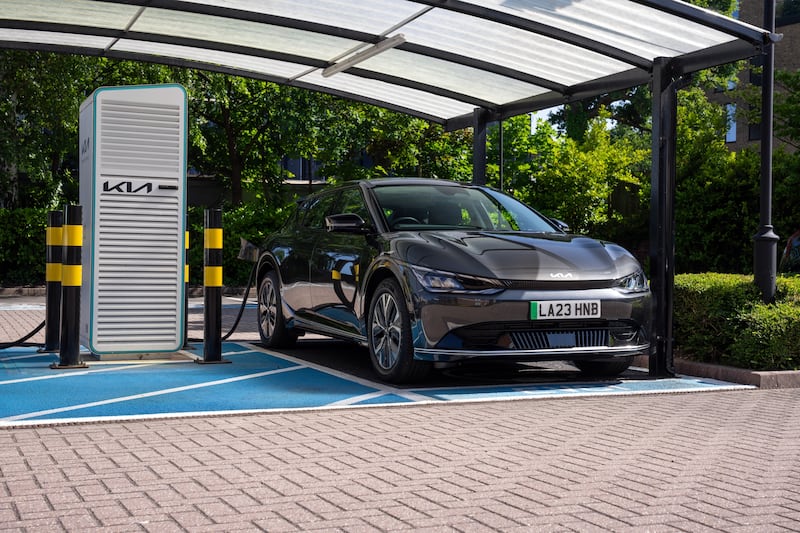Modern cars are already brimmed with clever features. Elements such as widescreen displays, autonomous safety equipment and even in-car monitoring are becoming more commonplace as manufacturers look to include as many clever touches in their cars as possible.
But what could the future of in-car technology look like and how could it change the way we drive? Let’s take a look.
Augmented reality

Augmented reality is in its relative infancy in new cars but it’s something that could see a big increase in the next few years. Essentially, it would allow systems to ‘overlay’ key information into the eye line of the driver without distracting them from the road ahead.
It would mean that you could easily see navigation information, your car’s speed or even the music track you’re listening to without having to look down. It’ll also be more integrated than a traditional head-up display which is simply transmitted on to the windscreen.
More autonomous technology

It’s a hot topic within the motoring industry and it’s only likely that autonomous technology will become even more commonplace as the years go by. We’ve already seen modern cars use autonomous technology in a variety of ways – including with safety systems that can ‘detect’ a collision or another road user – but we could still this taken a step forward in the future.
While fully autonomous cars are still a little way off, there’s a good chance that cars could soon be equipped with more ‘self-driving’ features – if local legislation is changed to allow it.
Car communication

While drivers and passengers can already – and easily – communicate with friends and relatives while on the move, one thing that could be in the cars of the future is inter-vehicle communication. Essentially, cars could ‘talk’ to one another when in close proximity.
Why? Well, one car might be able to inform the other of an upcoming crash or slowdown, while vehicles travelling in the opposite direction might be able to flag poor weather to other road users so that they can prepare and slow down.
Vehicle to grid

Vehicle-to-grid is something which has already been developed but has yet to come fully on stream. Essentially, it allows electric vehicles to be used as a power source and even ‘hold’ energy. For instance, you might charge an electric vehicle up at a period of off-peak and low-price energy, then use this stored electricity to power your home during a peak time when prices would otherwise be high.
It could help to transform how we use energy and store it. Coupled with greener energy sources, it has the potential to bring some serious savings to drivers.
Health monitoring
A lot of cars are already equipped with driver-monitoring features. This could scan the driver’s eyes to detect signs of fatigue or drowsiness and alert them, while others can sense if a motorist isn’t looking at the road ahead properly.
In the future, this could be taken one step further. A car’s in-built cameras could be use to monitor more in-depth life signs and even detect if driver was having a cardio or respiratory issue and alert the emergency services automatically.
Changes in electric car charging

Electric car charging has changed dramatically in just a short time, with many units across the UK offering speeds that wouldn’t have been believable a few years ago. However, it’s more than likely that electric vehicle charging will become even quicker and more efficient as the years go on.
Some development has been put into induction charging which would allow an EV to top-up without having to connect to a cable – the charge is ‘beamed’ from a plate underneath the vehicle into a pad on the car itself, similar to the way smartphones can wirelessly charge. It’s likely that we’ll see a wider development of plug-and-charge, too, which aims to eliminate all of the extras that come with topping up an EV – such as apps and contactless payment pads – and create a more streamlined experience where you only need to connect the vehicle and you’ll be automatically billed via an online account.


